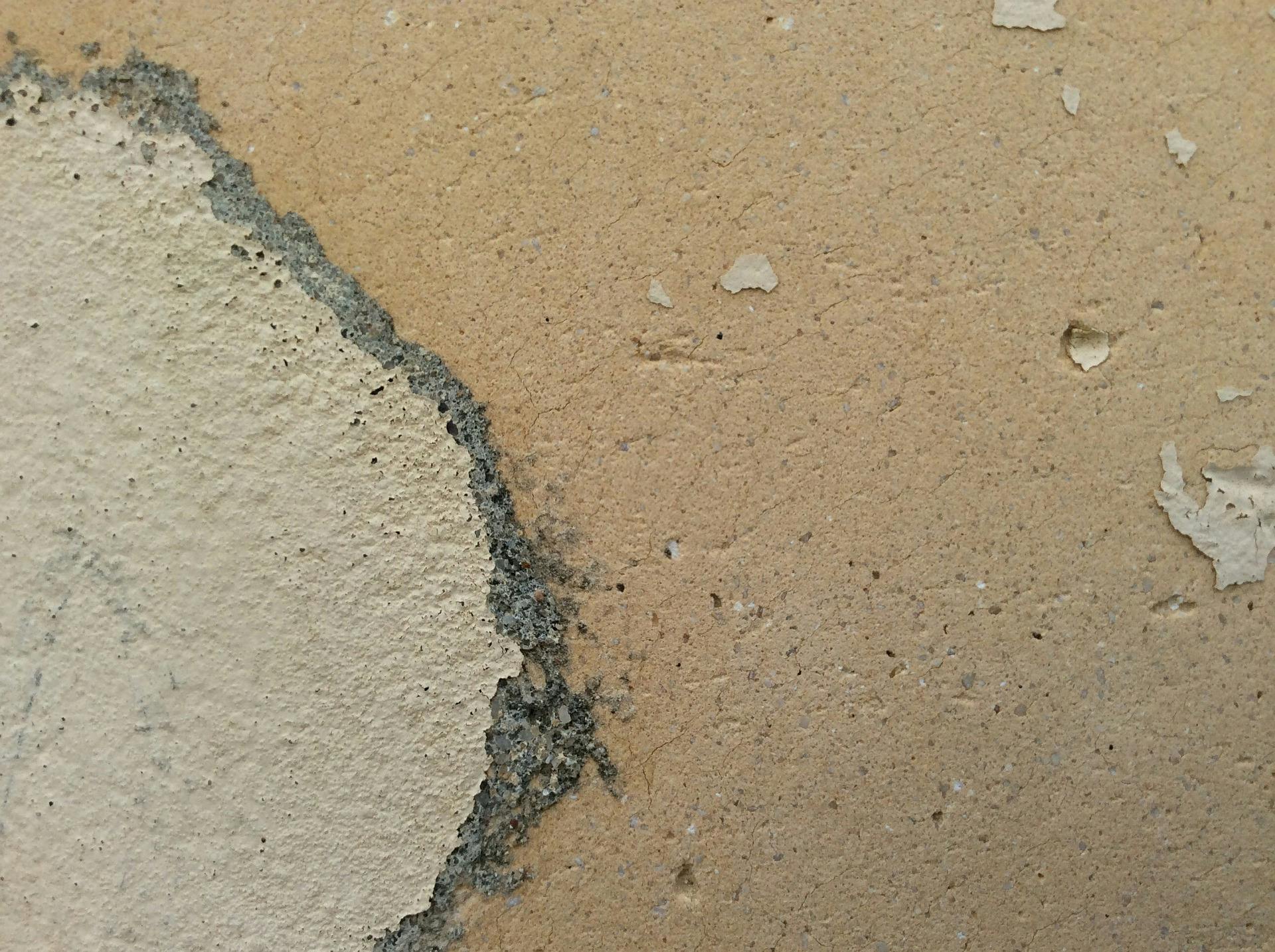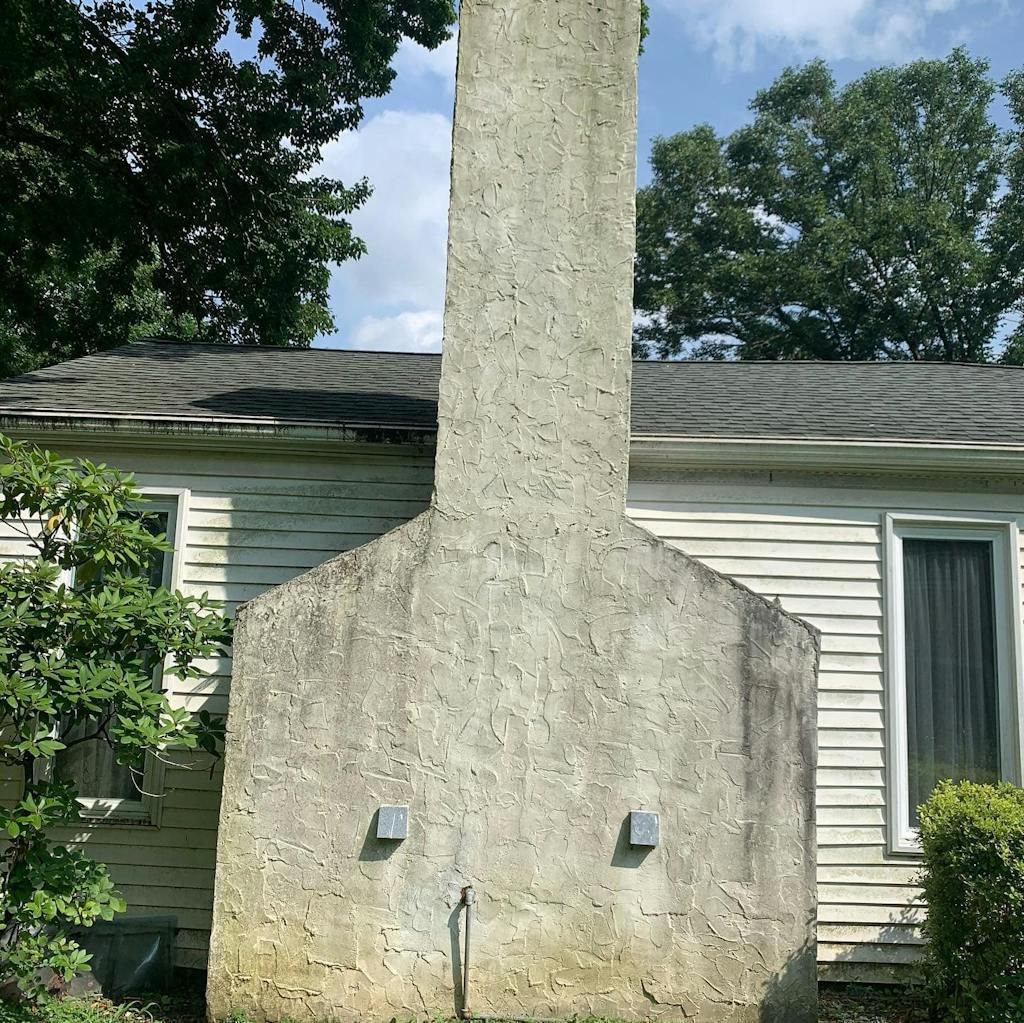
Stucco inspections are used to identify if there is any damage to a home or business stucco installation. When it comes to stucco, damage can be surface-level, internal, or both. Internal damage is what you really have to watch out for, but it can be difficult to identify without a proper inspection. And, it’s important to catch this damage as soon as possible so that it doesn’t spread and become worse.
In this article, we will cover when you need a stucco inspection, what the benefits of having an inspection performed are, and the different levels of inspection that are available.
Do you need a Stucco Inspection?
If you own a home or other building with a stucco exterior, you will need to have a stucco inspection at some point. Ideally, you should have a basic inspection performed every year or every few years depending on where you live. Homes in wetter, low-lying areas are going to be more susceptible to mold and mildew formation and so should be inspected more frequently than homes in dryer areas with better airflow.
More importantly, you should have an inspection performed if you suspect that damage has occurred. Do you see signs of mold or mildew? Is the surface of the stucco cracking? Are there small holes present in the stucco? Mold and mildew are signs that moisture is trapped within the wall. Surface cracking could be a sign that moisture in the wall is experiencing freeze/thaw cycles. And small holes could be insect burrows, which allow moisture to get into the wall.
What are the Benefits of an Inspection?

The primary benefit of a stucco inspection is that damage can be found before it spreads and becomes worse. In the long run, this can save you thousands of dollars. What is initially caught as some mold could have become severe internal structure damage if left unchecked for years or decades.
An inspection can also reduce the scope of a future remediation project associated with the damage it finds. If the inspection only identifies internal damage to one portion of the wall, the entire wall or building may not need to be remediated. This saves both time and money. But, you may still opt for complete remediation to ensure that the rest of your stucco is properly installed.
And lastly, a stucco inspection can give you peace of mind. Sometimes it’s nice to know that the damage you spotted isn’t as bad as you feared. It’s always a positive when the mold you spotted is just that and not a sign of severe damage within the wall.
Different Stucco Inspection Levels
There are three different levels of stucco inspection, each more involved than the last. These levels are visual inspections, non-invasive inspections, and invasive inspections.
Visual Inspection

The first level of stucco inspection is a visual inspection. This level is simply meant to determine whether damage exists that can be seen from the outside. It involves walking around the property and looking for signs of damage. One of the great things about visual inspections is that you can do them on your own and then only need to contact a stucco professional if you see something wrong. However, a professional can also spot signs of damage that you may miss, which is why it’s still a good idea to have an official visual inspection every once in a while
Key spots that are checked are doors, windows, and other wall entry points such as openings for utilities. Also, anywhere that roof overhangs may direct water down walls are important to check. If no signs of damage are found after a visual inspection, you’re probably in the clear for now.
Non-Invasive Inspection
Non-invasive inspection is the second level of stucco inspection. This level is used to determine if damage exists that can’t be seen on the surface of the walls. It can also be used to get an idea of the extent of the damage within the wall without looking inside. To achieve this, thermal imaging is used. Thermal cameras can spot cool areas within walls, which can be an indication of internal moisture. If these spots are found, then it’s a good indication that remediation will be necessary — sooner rather than later.
Additionally, closer visual inspections are also performed during this time. If there is an area thought to have underlying damage, the surrounding region of the wall is scrutinized more closely in an attempt to determine where the water entered from.
Invasive Inspection
The final level of stucco inspection is an invasive inspection that involves drilling small holes into the wall to access the internal structure. Once the holes are drilled, we can take moisture readings of the inside of the wall. Images may also be taken in this way. After the inspection is completed the holes that were drilled are filled with caulk. This hides the holes from sight and also prevents any further moisture from entering the wall through them.
Conclusion
Have you noticed signs of damage on the stucco exterior of your home? Then it may be in your best interest to schedule an inspection. If damage is identified, then it means you can have it remediated before it spreads further and gets worse. If no damage is found, then you have peace of mind in knowing that your home isn’t rotting away from the inside. When the inspection is performed, it will either be a visual, non-invasive, or invasive inspection. Often, a visual inspection is done to start, and further inspections are performed as needed.
Friel Exteriors
If your home or place of business has stucco walls that are displaying signs of damage, a stucco inspection can identify the extent of the damage. At Friel Exteriors, we have decades of experience installing, inspecting, and remediating stucco. Contact us today to schedule your inspection or remediation.




